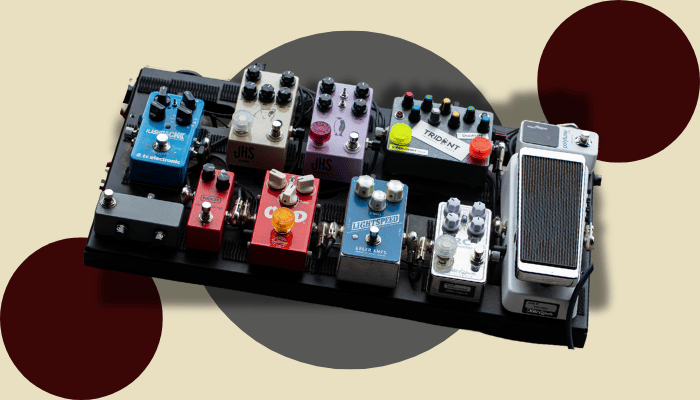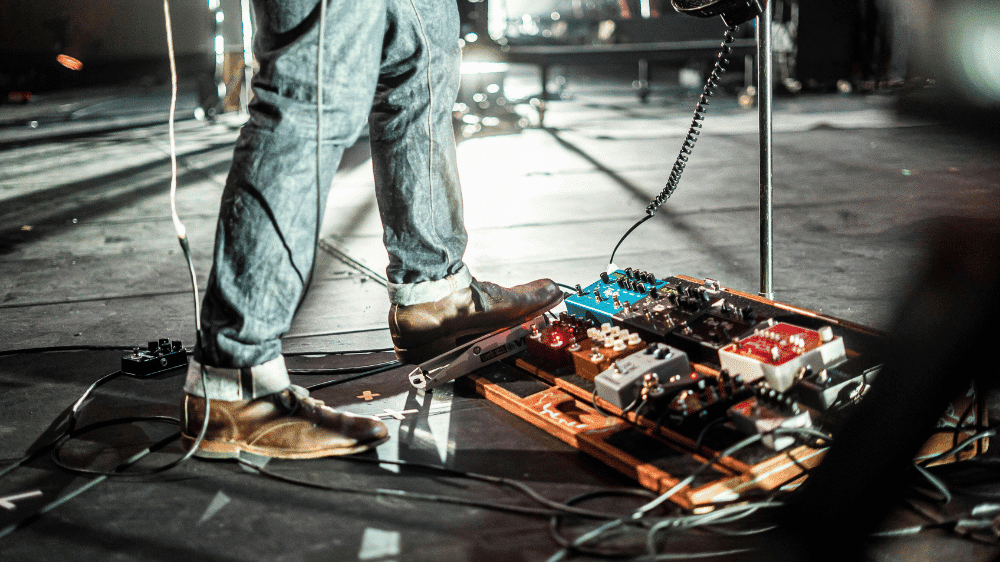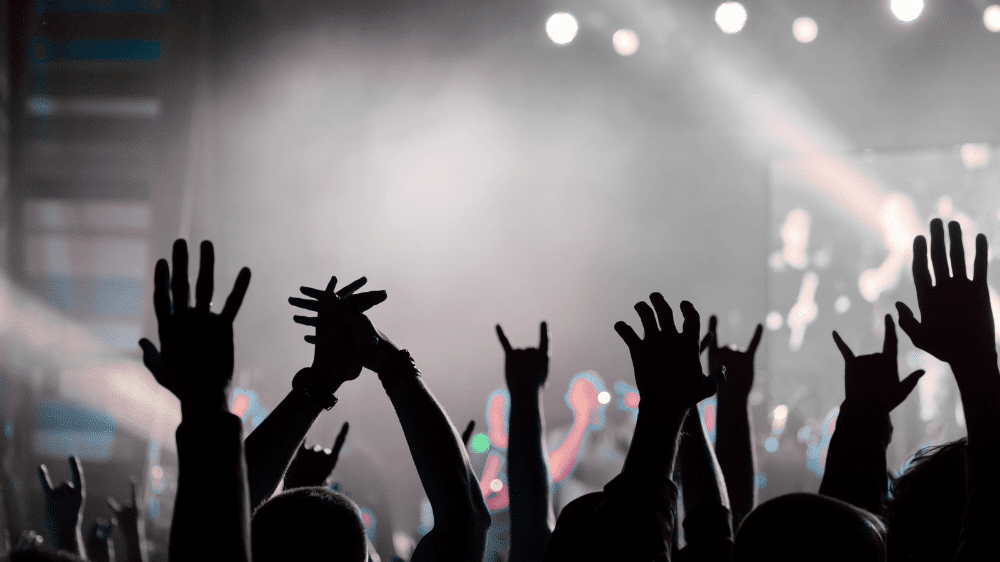This article was written by Ian Sniesko from DeathCloud, a leading boutique guitar pedal shop.
Ian Sniesko is a music producer, guitarist, and writer for DeathCloud. With over a decade of experience in music production and a passion for effects pedals, he focuses on helping musicians shape their tone and bring their ideas to life.
If you’ve ever wished you could tweak your effects in real time without bending down mid-song, an expression pedal might be exactly what your rig is missing. These handy pedals let you control everything from delay feedback to modulation depth with just a sweep of your foot, like having a third hand while you play.
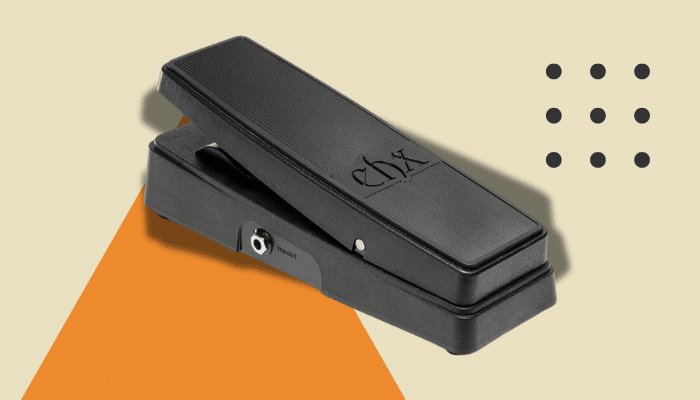
Looking to add some subtle movement to your tone? Want to go full-on experimental? Integrating an expression pedal into your pedalboard opens up a whole new layer of creativity. In this guide, I’ll walk you through how expression pedals work, how to hook them up, and where they fit best on your board, plus a few tips I’ve picked up along the way.
Understanding Expression Pedals
Expression pedals are pretty simple in their functionality. Without getting too technical, they let you control certain parameters of an effect pedal by moving it up and down with your foot, like a gas pedal for your tone.
This opens up a world of expression possibilities. You can increase your reverb time, adjust the modulation rate, or dial in more delay repeats without ever bending down to touch a knob. It’s a great way to bring movement into your sound, especially during live performances.
It’s worth mentioning that expression pedals are often confused with volume pedals. As the name implies, the latter is made for controlling your volume and works similarly to your guitar’s volume knob.
Common Uses of Expression Pedals in Real-World Playing
Players often use expression pedals to control things like:
- Delay feedback or time
- Reverb mix or decay
- Wah or filter sweep
- Modulation speed or depth
- Volume or gain (on some multi-effects units)
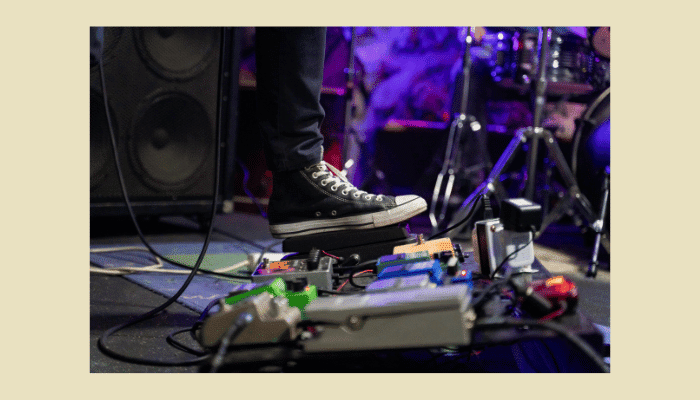
What Effects Pedals Work With Expression Pedals?
Many pedals work with expression pedals. These pedals have an extra input, often labeled “Expression” or simply “EXP”. The parameters that can be controlled will depend on each unit: some let you choose different ones, while others limit your choices to one or two. Now, let’s break down some of the most popular effects that often feature expression inputs.
Delay
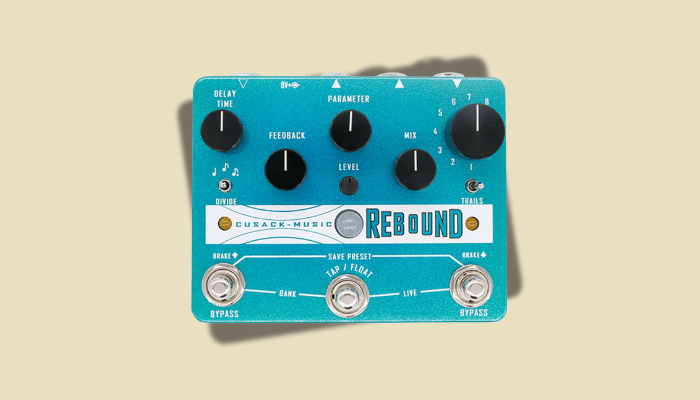
One of the most popular effects used with expression pedals, many delay units feature an expression input. It’s a very handy feature when you want to create some warped ambient textures and ambient pads or spice up your transitions.
Reverb
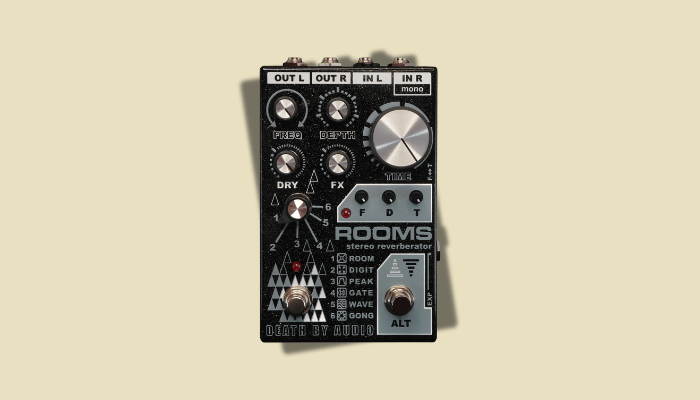
If your reverb has an expression input, you’re able to unlock endless possibilities. Reverb pedals with an exp function are kind of “niche” by nature, and this is a function more frequently present on experimental reverbs. Still, just like delay, this combination is praised by ambient guitarists and players alike.
Overdrive/Distortion/Fuzz
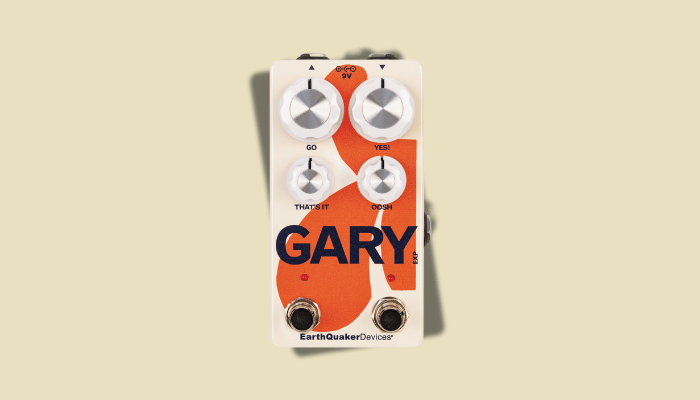
Although rare, some dirt pedals feature expression inputs. Depending on the particular unit, you can dynamically control things like gain, tone, or even modulation, in the case of the EQD Gary (pictured above). The combination is extra useful for live gigs where you must dial back or crank up your overdrive from song to song.
Modulation
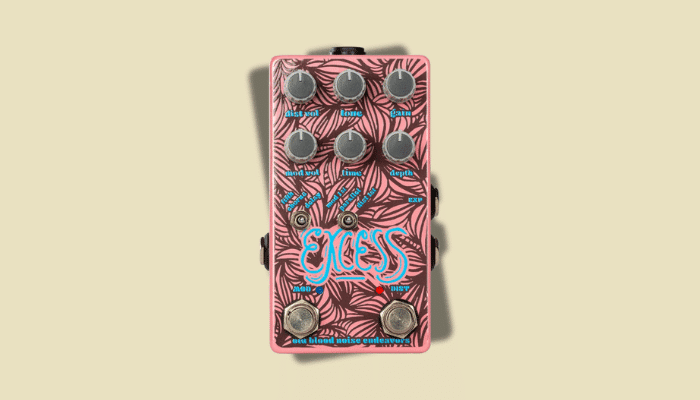
Now things get really interesting. If you’re tired of the same old static modulation effects and want to turn things up a notch, look for a modulation pedal with an expression input. Depending on the unit, you will be able to control a vast variety of parameters in real time.
You can find the expression input on many different effects: chorus, phaser, tremolo, just to name a few. However, this feature is more often seen on pedals that have a more experimental inclination and multi-modulation units.
Octave
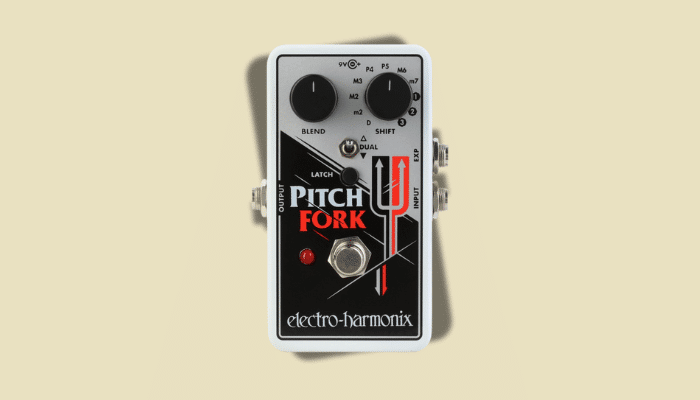
With octave pedals that feature an expression input, you can control parameters like pitch shift and glissando in real-time, for example, allowing you to create everything from pitch drops to Whammy-like effects.
Bonus: Using Expression Pedals With Loop Switchers or MIDI
If you’re running a complex rig with a loop switcher or MIDI controller, your expression pedal can play an even bigger role. Many advanced switchers, like those from Boss, Morningstar, or GigRig, have dedicated expression inputs that let you control multiple pedals or parameters from a single pedal.
In a MIDI setup, the switcher converts your expression movement into MIDI CC (Control Change) messages, which can then be sent to any compatible gear: delay time, reverb mix, wah filter, you name it. This setup gives you real-time control over your entire board without needing to bend down or tap multiple pedals.
DeathCloud’s Top Expression Pedal Picks
If you’ve decided to include an expression pedal in your rig but don’t know which one to buy, here are a few suggestions for every budget and preference.
Hotone Audio Wong Press Pedal
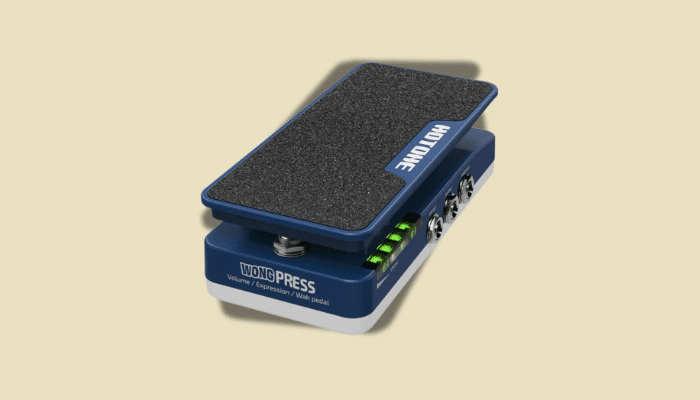
Suppose you want to maximize your possibilities and get the best bang for your buck. In that case, the Wong Press by Hotone Audio is a 3-in-1 pedal that offers expression, volume, and wah capabilities in a single unit.
Boss EV-30
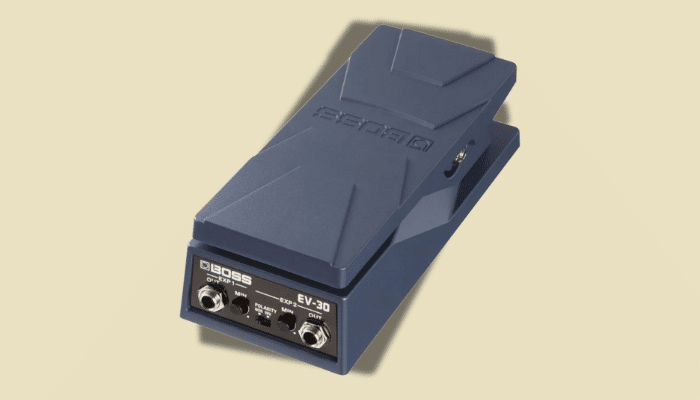
The Boss EV-30 is a pretty standard expression pedal that will work for both basic and complex rigs. One of its unique features is its ability to control two separate units, giving you more creative possibilities and allowing you to save some space on your board.
Electro-Harmonix Single Output Expression Pedal

This expression pedal from Electro-Harmonix is as plug-and-play as it gets. While it doesn’t offer any of the fancy features found on more expensive options, its value for the price can’t be beaten—a solid budget choice.
Conclusion
Integrating an expression pedal into your pedalboard is a simple and easy way to give new life to your tone. Be it for controlling subtle effects or creating complex pad-like textures, expression pedals give you complete control over your pedals’ parameters without having to touch a knob.
With this guide, you have everything you need to start exploring the possibilities that expression pedals can give you. Now, go experiment and test different combinations and discover how the expression pedal can transform your playing!
FAQs
What Cable Do I Need to Connect an Expression Pedal?
In most cases, you will need a TRS (Tip-Ring-Sleeve) cable, commonly known as a “stereo cable”. This kind of cable allows your expression pedal to send continuous variations of signals, which are essential for controlling parameters such as volume, mix, or modulation.
Where Should I Place an Expression Pedal on Your Pedalboard
Expression pedals don’t process sound directly, so their position on the pedalboard is not really a matter of tone, but ease of use and practicality. You can put it where it’s more comfortable for you to reach with your foot, such as in front or beside your pedalboard. The most important thing is to make sure that the cable can reach the pedal where it’s connected.
Do Expression Pedals Require Power to Work?
In most cases, not. Expression pedals work passively; they don’t need an AC adapter or battery. They work as a variable control, sending signals to your pedal. However, some more advanced models with digital functions or LEDs might need to be powered.
Can I Use an Expression Pedal With a Digital Modeler or Multi-Effects Unit?
Yes! Many digital modelers and multi-effects units have dedicated expression inputs. These units allow you to attribute the control to various parameters like volume, wah, delay, mix, and so forth.

